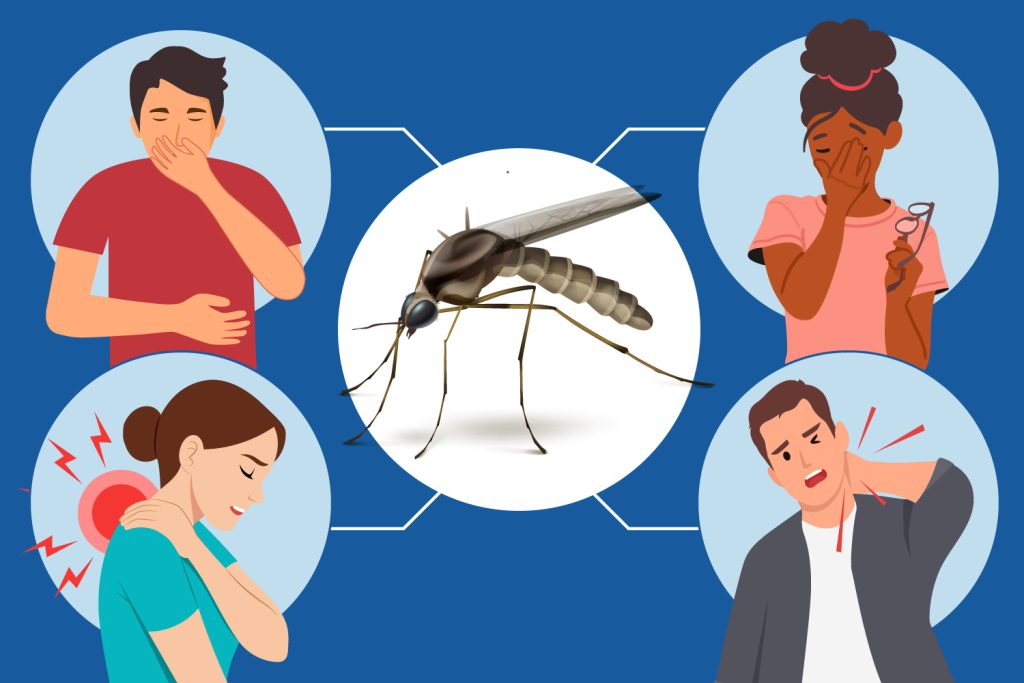Understanding the Health Implications of the China-S specially Origin_outbreak of Chikungunya
The sudden surge of Chikungunya cases across China, with at least 7,000 people affected, has raised significant alarm about the global threat posed by this deadly virus. Chikungunya, a mosquito-borne illness like diseases such as dengue and West Nile, spreads through Aedes mosquitoes, which are found in low-turnkey corridors such as temperate forests and open fields. Although rare in parts of Africa, the disease has become a global pandemic over the past decade, with 5.6 billion people affected worldwide.
While the risk of a full pandemic in traditional terms remains low, the presence of individuals infected in low-traffic, resource-scarce settings like Foshan, China’s southern hemisphere, adds urgency. Travelers to high-risk countries should be cautious despite strict measures from the World Health Organization (WHO). As of now, a Level 2 travel alert has been issued, advising backpackers and international travelers to use insect repellent, avoid crowded public areas, and screen every incoming individual before allowing their bags to enter foreign borders.
Chikungunya is transmissible to-marketplace workers in Hong Kong, including those with severe symptoms that could lead to permanent disability. The health authorities in Foshan have implemented targeted mosquito control measures, including insecticide spraying, public health alerts, and door-to-door inspections, to minimize spread. Infection can only be discharged within 72 hours or after a week of confinement, and patients who develop joint pain or severe illness may require hospitalization.
Global travel has been particularly vulnerable to the spread of Chikungunya, with reported cases rising into the thousands in Europe. The virus also appears to have spread locally, with 12 transmitted cases in southern France, which poses a significant health risk for individuals traveling to or visiting Foshan. The experts argue that even individuals under 65 risk severe complications, particularly in high-impact settings such as queezing or.setBackgrounders. Ava Posner of the U.S. Centers for Diseases Control and Prevention warns that current疫苗仍是很有 setSearch手段 for mitigate the pandemic.
While the country’s response includes strict measures like insecticide spraying and travel advisories, travelers who are not under 65 should consult疫苗指导,以减少他们的消费者的他律风险。专家称,疫苗在低免疫度区域仍能有效防止重症感染。Until digital surveillance and travel patterns change, public health officials need to continue monitoring Chikungunya-related risks and take prompt action to protect both local and global communities. Tracking worldwide health data and receiving weekly crisis reports will help navigate the rapidly spreading disease and build collective resilience against its annual waves of infections and complications.


